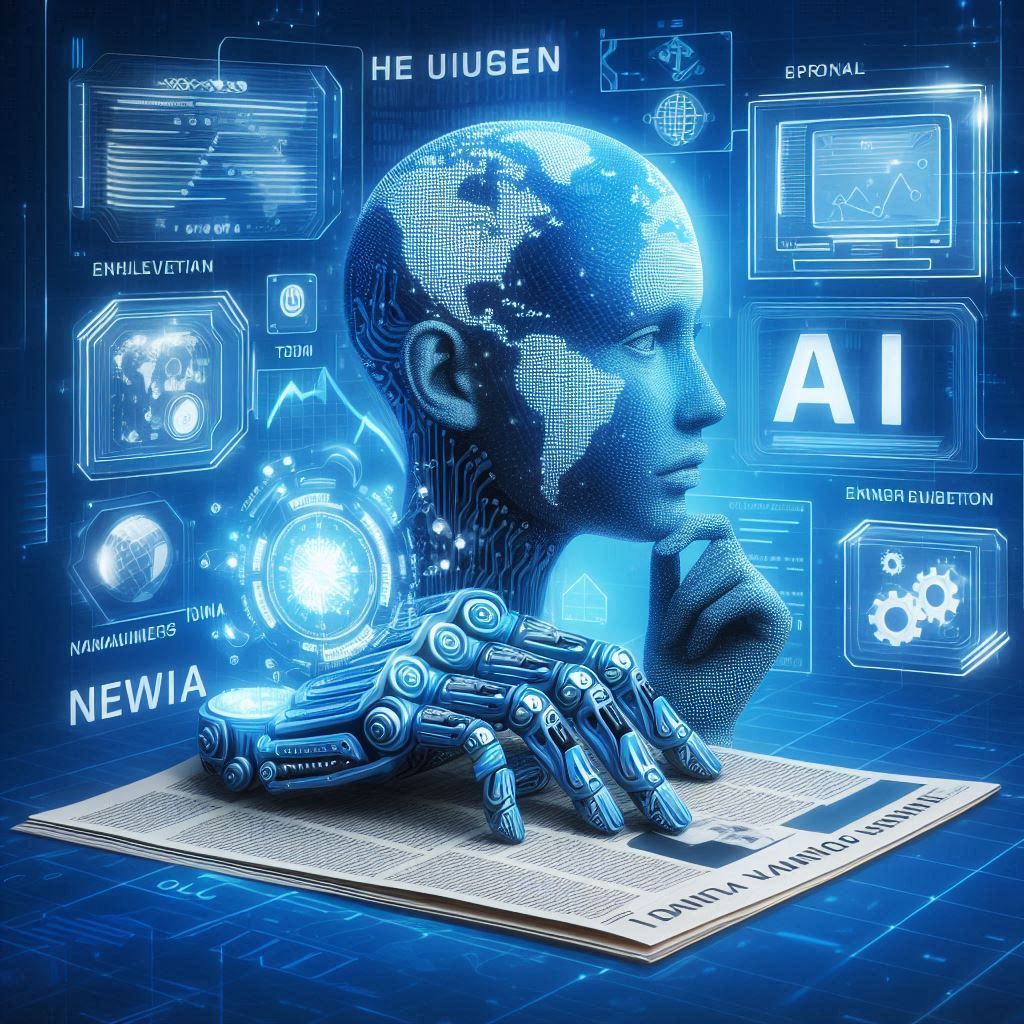AI News and Updates: Cutting-Edge Developments and Future Trends
Artificial Intelligence (AI) is rapidly transforming various sectors, from healthcare and finance to entertainment and education. As AI technology advances, new developments and trends are shaping the future of industries and our daily lives. This article explores the latest in AI news, cutting-edge developments, and what the future holds for this transformative technology.
Recent Breakthroughs in AI
AI research and development have seen remarkable progress in recent years. Here are some of the most significant breakthroughs:
| Breakthrough | Description | Impact |
|---|---|---|
| Generative AI | Advancements in models like GPT-4 and DALL-E have pushed the boundaries of content creation, enabling machines to generate text and images that are increasingly indistinguishable from those created by humans. | Revolutionizes creative industries and provides new tools for automation. |
| AI in Healthcare | AI algorithms are improving diagnostic accuracy and personalized medicine, such as detecting early signs of diseases and recommending individualized treatment plans. | Enhances patient outcomes and streamlines healthcare processes. |
| AI for Autonomous Vehicles | Developments in self-driving car technology, including advanced perception and decision-making systems, are bringing us closer to fully autonomous vehicles. | Promises safer and more efficient transportation. |
For more on these breakthroughs, visit Wired’s AI section and MIT Technology Review.
Emerging AI Trends
The future of AI is bright with several key trends expected to shape its development:
- Explainable AI (XAI): As AI systems become more complex, there is a growing need for transparency. XAI focuses on making AI decision-making processes understandable to humans.
- AI Ethics and Regulation: With the increasing adoption of AI, ethical considerations and regulatory frameworks are becoming crucial to ensure responsible use and prevent misuse.
- AI in Edge Computing: Edge AI involves running AI algorithms locally on devices, which can improve response times and data privacy.
- Human-AI Collaboration: Future AI systems will likely work alongside humans, enhancing productivity and creativity across various fields.
For insights into these trends, check out Forbes AI and BBC Technology News.
Success Stories and Exemplary Cases
Numerous companies are making waves in the AI space, setting benchmarks for innovation and success. Here are a few noteworthy examples:
- OpenAI: Known for its cutting-edge research and developments in generative AI, including models like GPT-4. OpenAI’s technologies are driving advancements in various sectors.
- DeepMind: A leader in AI research, DeepMind’s work on AlphaGo and AlphaFold has demonstrated AI’s potential in complex problem-solving and biological research.
- NVIDIA: Their GPUs are crucial for AI training and inference, making them a backbone for many AI applications and research efforts.
- IBM Watson: IBM Watson’s AI solutions are widely used in healthcare, finance, and customer service, showcasing AI’s versatility and impact.
Learn more about these companies at OpenAI, DeepMind, NVIDIA, and IBM Watson.
The Future of AI: What to Expect
Looking ahead, several key areas will likely drive the future of AI:
- Integration with IoT: AI will increasingly be integrated with Internet of Things (IoT) devices, enhancing smart homes, cities, and industries.
- Advancements in Natural Language Processing (NLP): NLP technologies will continue to evolve, improving human-AI interactions and enabling more sophisticated language understanding.
- AI-Driven Personalization: Businesses will leverage AI to offer highly personalized experiences and recommendations, transforming consumer interactions.
- AI in Climate Change: AI will play a critical role in addressing climate change, from optimizing energy consumption to predicting environmental impacts.
For a glimpse into the future of AI, visit Gartner AI Insights and BBC Future.
Conclusion
AI continues to evolve at a breakneck pace, driving innovation across various fields and reshaping the future. By staying informed about the latest developments and trends, businesses and individuals can better prepare for the changes that AI will bring. The cutting-edge breakthroughs and emerging trends highlighted in this article offer a glimpse into the exciting future of AI.
To stay updated on AI news, consider following sources like MIT Technology Review, The Verge, and CNN Tech.

